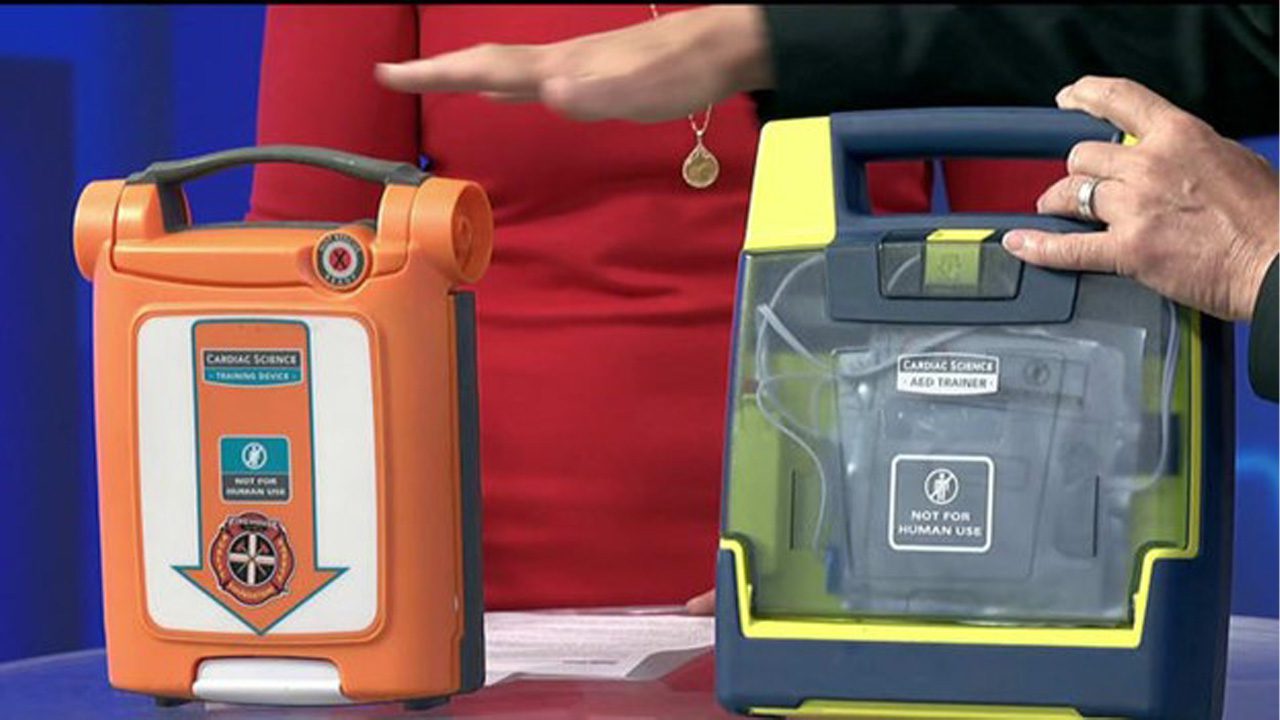New Florida law ensures public school coaches are trained in lifesaving skills
Coaches are now required to know CPR, first aid, and how to use an AED
News4Jax | By Jennifer Waugh |
JACKSONVILLE, Fl. – Under a new bill signed into law by Gov. Ron DeSantis, all athletic coaches in middle and high schools in the state of Florida will be required to hold and maintain certification in CPR, first aid and the use of an AED (Automatic External Defibrillator).
The new law takes effect July 1.
Duval County Public Schools has already been mandating this training for its coaches for several years.
Jerry Stevens, the supervisor of sports medicine for the district, believes the new law will save lives in counties where the requirement has not been in effect.
The law does not, however, require lifesaving training among volunteer coaches or coaches not employed by public schools in the state.
Stevens said parents of students who attend private school or play in a travel or recreational league should make sure their child’s coach has CPR, first aid and AED training and has an emergency plan in place during practice and games in the event an athlete has a health crisis.
An emergency plan should start with details about who will be designated to perform certain tasks if there is a medical emergency.
“Who’s going to open the gate for JFRD or rescue, who’s going to call 911? Who is going to assist with this or that? Knowing where the AED is, who is going to use it, is all part of that process,” Stevens explained.
The next time you go to your child’s school or game, be sure to look for an AED.
All public school campuses are required to have one clearly marked and available under the Zachary Martin Act, named for 16-year-old Zac Martin, who collapsed from heat stroke in Central Florida and died.
Cardiac arrest in student-athletes is rare but still happens, usually because the seemingly healthy teen has an undiagnosed heart condition. AEDs can mean the difference between life and death.
A 17-year-old’s heart was restarted twice by an AED last August when he had a seizure during football practice in Miami and went into cardiac arrest.
Lexi Sima, 16, was saved the same way when she collapsed while running on a treadmill. Bystanders performed CPR and used an AED to restart her heart, saving her life.
Stevens said every minute counts when someone suffers cardiac arrest.
“For every minute you delay, it drops a significant percentage as far as the recovery of that person,” he said. It’s why an AED needs to be close enough and easy to access.
You do not need to be certified to use an AED. As soon as you open one, an automated voice will tell you what to do step-by-step. If someone is not suffering cardiac arrest, the AED will not administer a charge.






